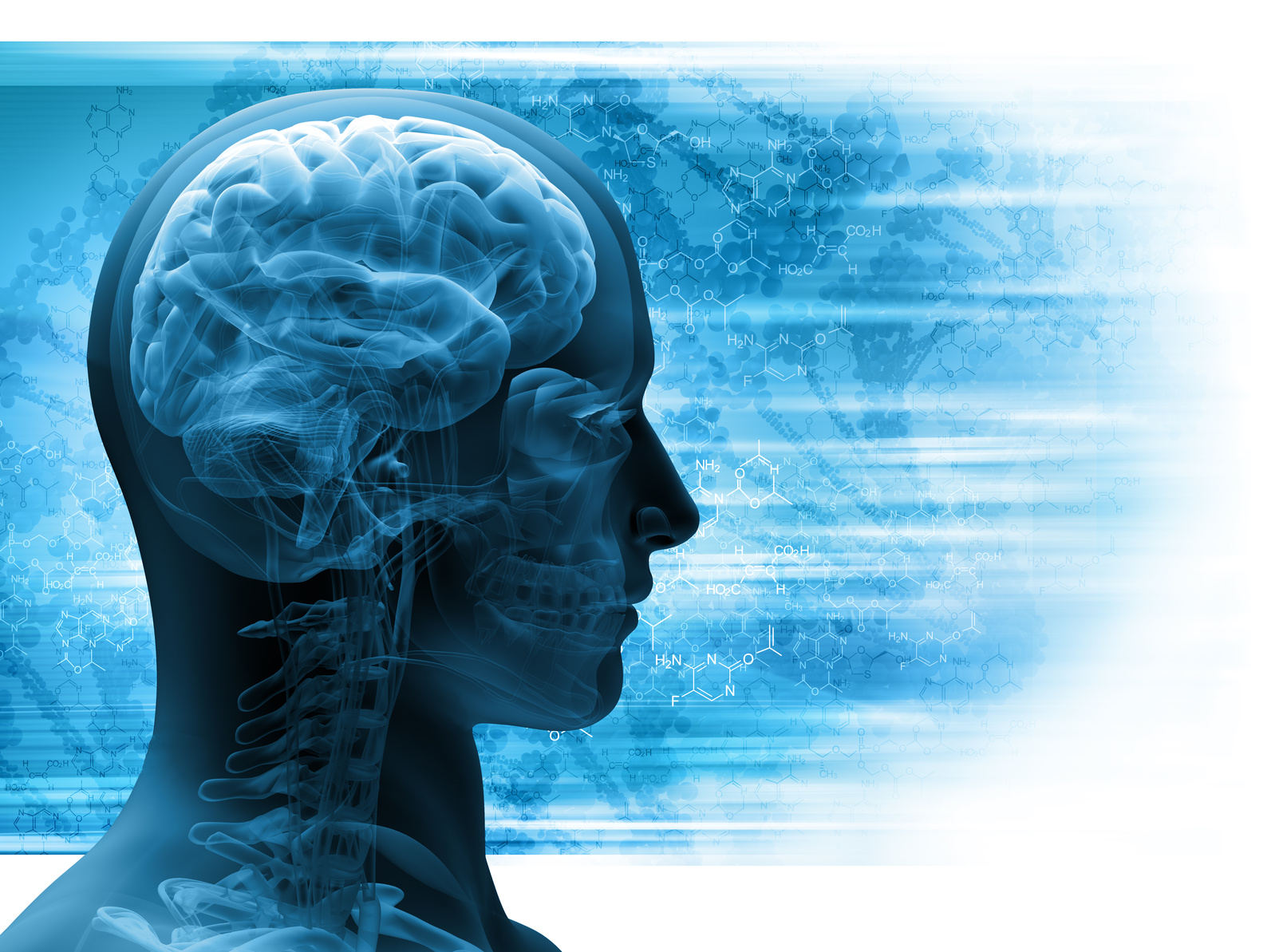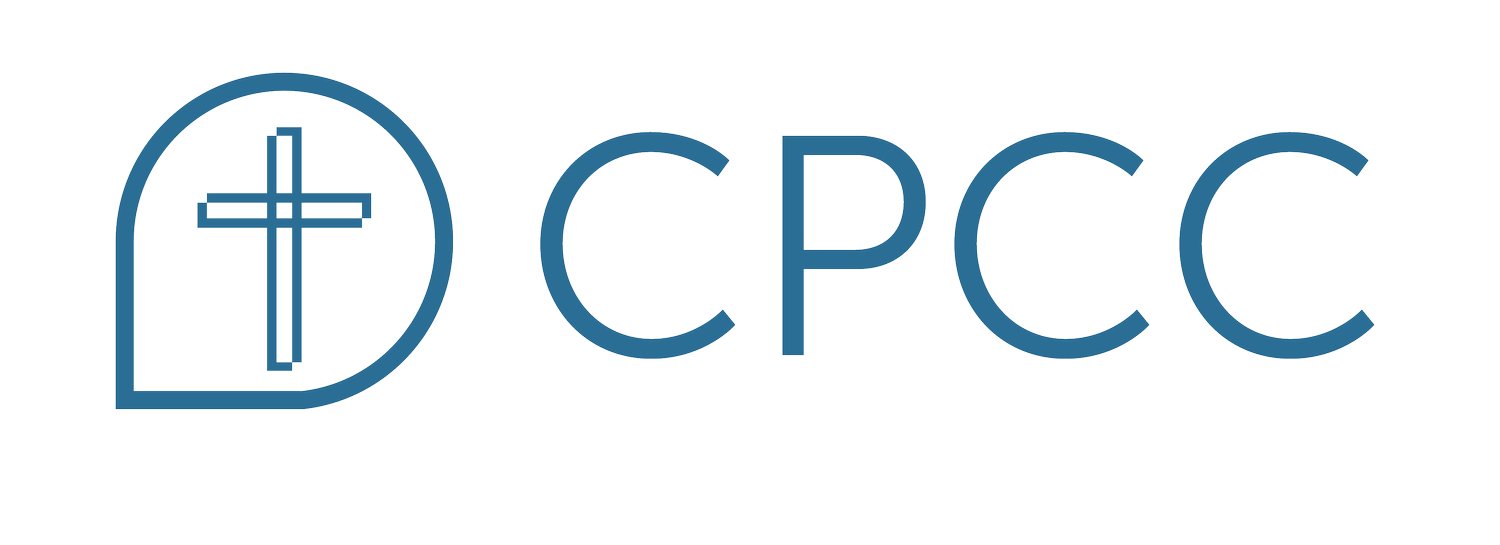Neuroscience 101: Your Guide To Your Brain
2015-07-21 18:37:50 CPCC Blogging Team
 Understanding The Thing That Helps You Understand
Understanding The Thing That Helps You Understand
Thinking about our brain can feel a little like going down the rabbit hole. After all, you are thinking about the thing that makes it possible for you to think! The good news is that it does not have to be overwhelming. Here is an easy guide to the parts of your brain and their functions.
- Cerebrum: This is the largest part of your brain and performs most of your brain functions. It is also the part of your brain that is divided into the right and left hemisphere. It contains your temporal lobe (responsible for both visual and auditory memories), occipital lobe (responsible for vision and understanding language), parietal lobe (responsible for language, reading, receiving information from your spinal cord, and other comprehension), and frontal lobe (responsible for intellect, judgment, muscle movements, personality, attention, problem solving, and creative thought). The prefrontal cortex (part of the frontal lobe), which is in charge of decision making, social behavior regulation, problem solving, and considering consequences, is not fully developed until age 25!
- Cerebellum: Known as “the little brain,” your cerebellum controls your balance, posture, coordination, and more. Without your cerebellum you would not be able to move—or even sit upright—properly.
- Limbic System: This system is made up of glands that help you feel and respond to emotions. Your limbic system helps you control your mood, feel pain or fear, and convert temporary memories to permanent ones. The limbic system is the emotional command center of the brain.
- Amygdala: Within the limbic system is a small, almond shaped structure called the amygdala. This small system is in charge of our automatic fight, flight, or freeze response. It is tied to emotional responses, arousal, autonomic responses connected to fear, hormone secretion, and memories. It is very important for our survival instincts. This is why a veteran may jump at the sound of fireworks or someone who has been through a car accident may startle at cars whizzing by; our body has stored the survival memory. The same can happen with emotional survival memories.
- Brain Stem: Your brain stem keeps you alive. It controls the functions of your breathing, your blood pressure, and your heartbeat. It also makes your body movement, vision, and hearing possible.
Do you ever feel like your brain does not function quite like it should? You do not have to face life fighting your brain; you can get help for any mental issues that are plaguing you. To talk to caring professionals about how you can help your brain be its healthiest, contact the Community Presbyterian Counseling Center in San Ramon, California.
Mental Health
